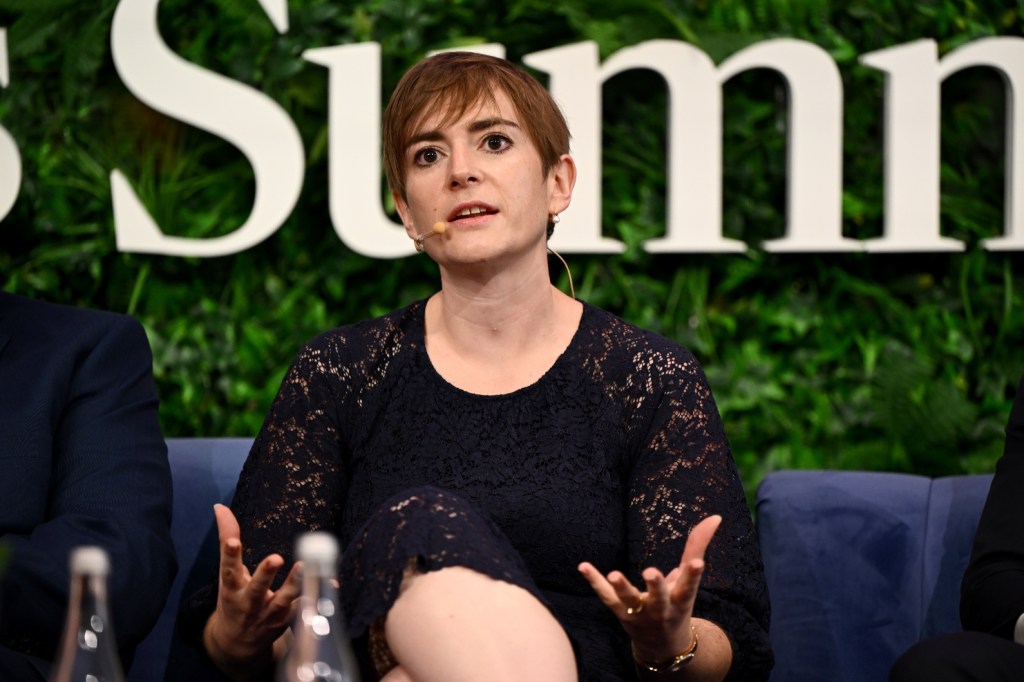
Interest rate rises have had a minimal effect on housing supply, according to Reserve Bank of Australia (RBA) assistant governor Sarah Hunter.
In a speech to the Real Estate Institute of Australia (REIA), Hunter said while there was some correlation between interest rates and new dwelling approvals, this is more a case of correlation than causation.
She said it is demand and the cost of materials and that ultimately determines the number of new builds.
“There is some correlation between dwelling approvals and the mortgage interest rate, but it’s not perfect. So, while we are very aware of the impact cash rate changes have on the decision to proceed with a building project, there are a number of factors that determine whether or not a developer or individual goes ahead,” she said.
“Most of the impact of changing interest rates is cyclical rather than structural. When interest rates are rising dwelling approvals tend to fall, and this then flows into commencements and completions.
“This typically reverses when the cash rate is cut. Over the long run, it is the fundamentals of demand and the structural build cost that ultimately dictate supply — monetary policy does not have an impact on either of these underlying drivers.”
While it may not be obvious why higher prices would not put downward pressure on demand, discussions about housing often miss the fact they are non-substitutable commodity. That is, you need one whether you can afford it or not.
Hunter echoed other economists in saying the underlying problem with housing prices is a mismatch between supply and demand. She said while rising demand would typically result in more investment in new construction, a “perfect storm” of conditions had subdued the property industry.
Supply constraints during COVID-19 drove up the price of building materials to the point many contracted builds became unprofitable. Costs have continued to rise since, sending the industry into a tailspin. ABC reported last month more than 200 building and construction companies were going out of business a month. This has resulted in fewer new dwellings being approved or completed.
The corresponding cost rises have reduced demand, leaving the property market on shaky ground. Hunter said it was “curious” prices hadn’t responded to this yet.
She said one possible explanation for this is the effects of the HomeBuilder program, which clogged up the project pipeline for several years.
“In the early days of the pandemic, COVID-related supply chain disruptions significantly limited the sector’s ability to respond to increasing demand, which was partly linked to the HomeBuilder program. Materials, fixtures and fittings, and skilled labour were in short supply, and shipping delays significantly extended build timelines,” she said.
“While much of the supply chain disruption has been resolved, the pipeline of projects remains elevated and some capacity constraints are still binding.
“Businesses in our liaison program are reporting that finishing trades are currently in short supply, as the bulge of projects started during the pandemic proceeds towards completion.”
Sarah Hunter’s full speech is available here.
READ MORE:
Housing Supply and Affordability Council consults on national housing priorities

